
Table of Contents
In the bustling digital landscape, where attention spans are shorter than a TikTok video and audiences are more fragmented than a hashtag, one question looms large: How can you ensure your content is not just good, but platform-perfect?
Welcome to the era of platform-specific marketing, where understanding the unique language, rhythm, and quirks of each social media platform is not just an advantage, but a necessity. From the visual storytelling of Instagram to the ephemeral nature of Snapchat, each platform presents a unique canvas for your content. But how do you adapt your message to fit these diverse spaces without losing your brand’s essence?
This article, ‘Platform-Perfect Content: Tailoring Your Message for Facebook, Instagram, TikTok, and Beyond’, is your comprehensive guide to navigating this dynamic world. We agree that creating content that resonates across platforms is no easy feat. But we promise, by the end of this article, you’ll have a clear roadmap to crafting platform-specific content that not only reaches your audience but engages them in meaningful ways.
Let’s start with a staggering statistic: According to a Hootsuite report, the average internet user spends 2 hours and 25 minutes per day using social media. That’s a significant chunk of time, and it’s not spent equally across all platforms. For instance, Instagram users spend an average of 53 minutes per day on the app, while TikTok users spend a whopping 52 minutes. So, the question is, how are you using this time to your advantage?
In this article, we’ll delve into the intricacies of each platform, exploring their unique content formats, audience demographics, and best practices. We’ll also provide real-life examples and practical tips to help you adapt your content strategy. By the end, you’ll be equipped to create social media content that not only looks great but also speaks the language of each platform, ensuring your message reaches the right ears at the right time.
Adapting Your Message for Facebook, Instagram, TikTok, and Beyond
In the dynamic world of social media, where platforms evolve faster than a toddler’s mood, adapting your message is not just an option, it’s a necessity. Each platform, from the granddaddy of them all, Facebook, to the rising star, TikTok, has its own unique rhythm, language, and audience. Facebook, with its vast user base and diverse demographics, is like a bustling city square, where you can share everything from breaking news to your grandma’s famous recipe. Instagram, with its visual focus, is like an art gallery, where every post is a masterpiece, or at least, should strive to be. TikTok, the new kid on the block, is like a dance party, where creativity, humor, and authenticity rule the floor. To adapt your message effectively, you’ve got to understand each platform’s beat. On Facebook, you might share a heartfelt story about your pet’s antics, while on Instagram, you’d share a beautifully staged photo of your furry friend, and on TikTok, you’d create a hilarious skit about their misadventures. The message is the same, but the delivery, the tone, the format, they all change to suit the platform. It’s like speaking different languages, but with the same heart. So, go ahead, adapt, evolve, and most importantly, have fun. After all, social media is a party, and you’ve got an invitation to every room.
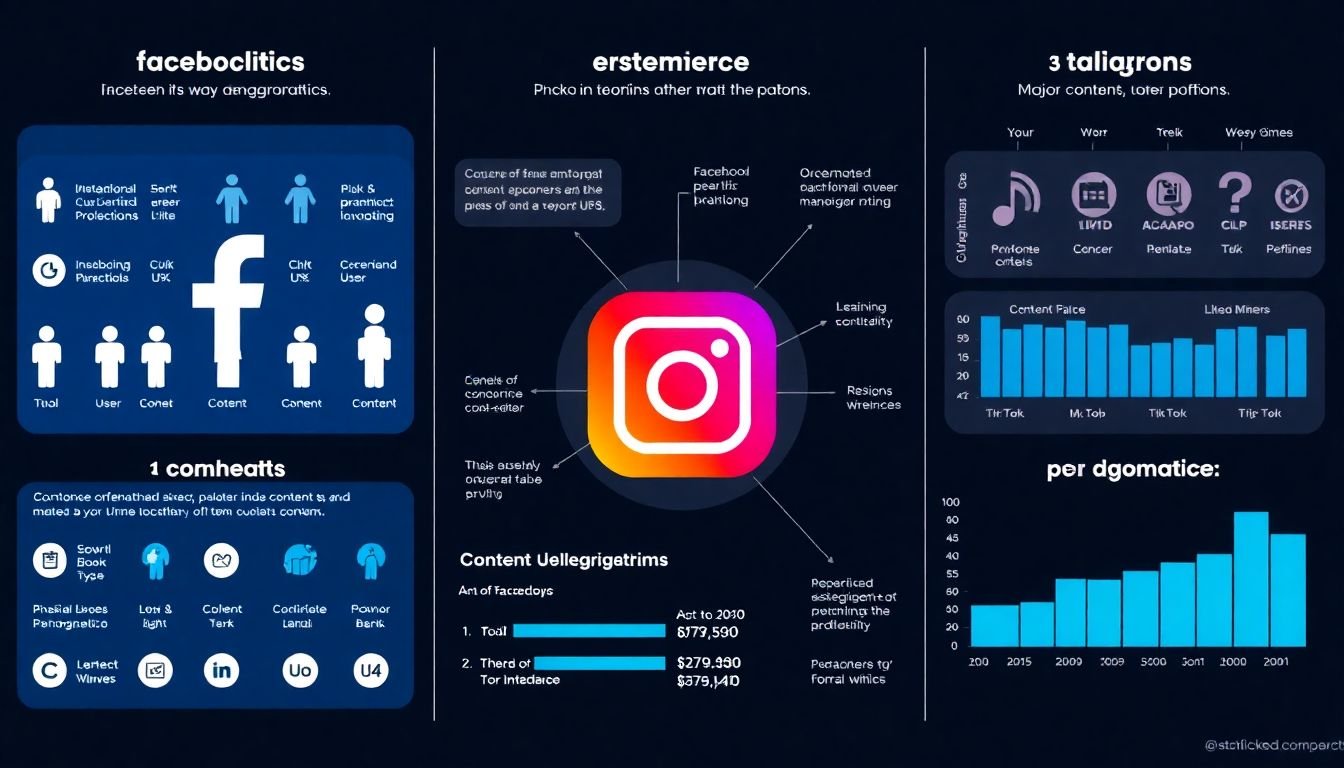
Understanding Platform-Specific Marketing
In the dynamic realm of social media, where users are as diverse as the platforms they inhabit, a one-size-fits-all marketing strategy is akin to trying to fit a square peg into a round hole. This is where platform-specific marketing steps in, offering a tailored approach that respects and leverages the unique characteristics of each social media platform.
The first order of business is understanding user behavior, which varies significantly across platforms. For instance, users on Instagram are primarily visual, scrolling through images and short videos, while those on LinkedIn are more text-oriented, seeking professional insights and networking opportunities. Twitter, with its 280-character limit, encourages concise, real-time updates. Therefore, a marketing strategy that works wonders on Instagram might fall flat on Twitter.
Content formats also play a pivotal role. Instagram’s Stories and Reels demand vertical videos and ephemeral content, while Facebook favors longer videos and live streams. Meanwhile, Twitter’s character limit necessitates concise, often witty, updates. Trying to force a long-form video onto Twitter is like trying to squeeze a watermelon into a soda can
- it’s just not going to work.
Lastly, algorithms are the gatekeepers of content visibility on these platforms. Each has its own algorithm, deciding what content to show and to whom. Facebook’s algorithm, for example, favors content from friends and family over pages, while Instagram’s shows posts based on a combination of factors including your relationship with the person posting and your past behavior. Understanding and working with these algorithms is key to ensuring your content reaches the right audience.
In conclusion, platform-specific marketing is not just a buzzword, but a necessity in today’s social media landscape. It’s about understanding where your audience is, what they want, and how to reach them effectively. It’s about speaking the language of each platform, respecting its rules, and leveraging its unique features. After all, in the world of social media, one size does not, and should not, fit all.

Facebook: The Evergreen Giant
Facebook, the evergreen giant of social media, has been a staple in our digital lives since its inception in 2004. With over 2.8 billion monthly active users, it’s a sprawling metropolis of diverse individuals, from tech-savvy teens to senior citizens, each with their unique interests and needs. This vast user base is what makes Facebook a content creator’s dream, but also a challenge. To navigate this landscape, let’s explore some of Facebook’s unique features and strategies to create engaging content that caters to its diverse audience.
Firstly, Facebook offers a plethora of platforms within its platform. There are personal profiles for individual users, business pages for brands and organizations, and groups for communities with shared interests. Each of these has its own dynamics and expectations. Personal profiles are typically used for updates about one’s life, while business pages are expected to provide relevant, valuable content related to their industry. Groups, on the other hand, can range from casual chat forums to serious support networks.
To create engaging content, consider the following steps:
- Know Your Audience: Understand who you’re talking to. Are they tech enthusiasts, parents, or perhaps fans of a particular hobby? Tailor your content to their interests and needs.
- Variety is the Spice of Life: Mix up your content. Share updates, photos, videos, links, and even live streams. This keeps your audience engaged and looking forward to your next post.
- Storytelling: People connect with stories. Share your brand’s story, your personal journey, or create a narrative around your product or service.
- Engage, Don’t Just Post: Ask questions, run polls, encourage comments and shares. Make your audience feel heard and valued.
- Consistency is Key: Post regularly to stay visible in your audience’s newsfeed. However, quality is more important than quantity. It’s better to post once a week with valuable content than daily with fluff.
Remember, Facebook is a social network, so be social. Be genuine, be helpful, and be human. That’s the key to creating engaging content on this evergreen giant of social media.
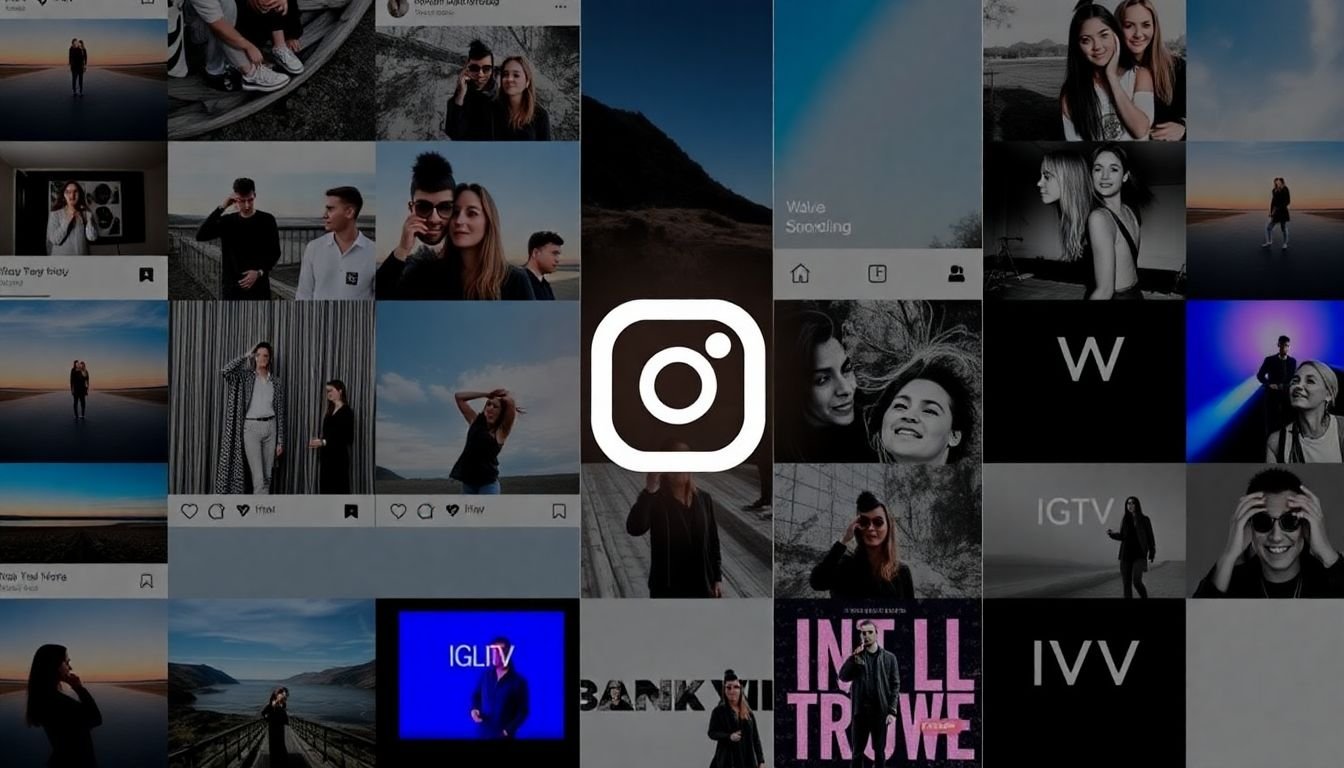
Instagram: Visual Storytelling
Instagram, a visual powerhouse, has revolutionized the way we share and consume content. Its focus on images and short videos has made it a go-to platform for storytelling through visuals. To create captivating content, start by understanding your audience and what resonates with them. High-quality, well-composed images and videos are key. Use natural light, experiment with angles, and consider using editing tools to enhance your content.
Instagram Stories and IGTV offer unique ways to engage your audience. Stories, with their ephemeral nature, are perfect for behind-the-scenes glimpses, quick updates, or interactive polls and quizzes. IGTV, on the other hand, is ideal for longer-form content, allowing you to delve deeper into topics. Use both to diversify your content strategy.
Hashtags and geotags are powerful tools for increasing visibility. Hashtags help categorize your content, making it discoverable to a wider audience. Use a mix of popular and niche-specific hashtags. Geotags, meanwhile, help localize your content, making it visible to users in your area. Experiment with both to maximize your reach.
Remember, consistency is key on Instagram. Post regularly, maintain a consistent aesthetic, and engage with your audience. Instagram is a two-way street, so respond to comments and messages, and show genuine interest in your followers. This will help build a loyal community around your account.
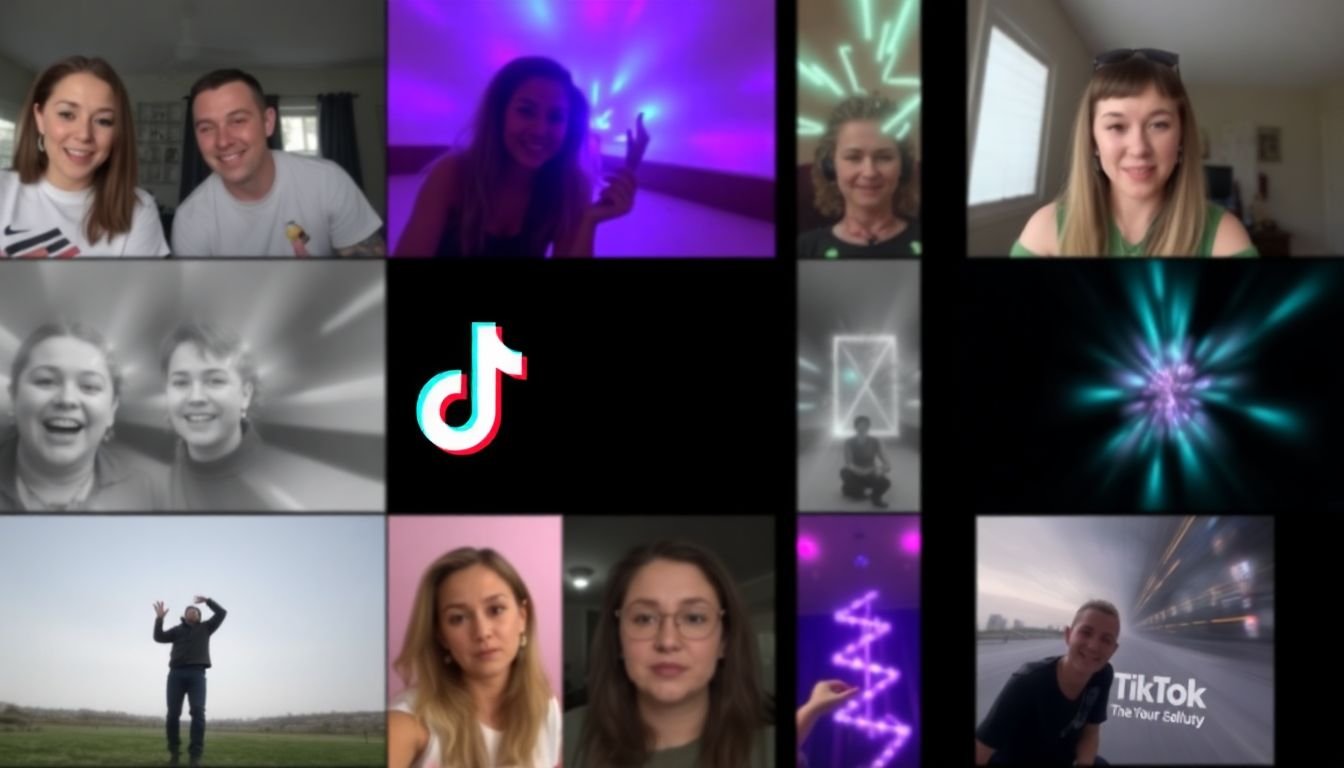
TikTok: Short, Fun, and Viral
TikTok, the global phenomenon that’s taken the world by storm, is more than just a social media platform; it’s a digital playground where creativity, humor, and brevity collide. With its unique format of short-form videos, typically ranging from 15 seconds to a minute, TikTok has carved out a niche for itself, captivating a predominantly young audience who crave quick, digestible content. The platform’s algorithm, a master of personalization, ensures that users are served content tailored to their interests, fostering a sense of community and engagement.
To create engaging content on TikTok, one must first understand its user base. TikTokers, as they’re known, are a diverse bunch, but they share a common appreciation for the absurd, the funny, and the innovative. They’re looking for content that’s not only entertaining but also authentic and relatable. So, how does one go about creating such content?
Firstly, keep it short and sweet. TikTok’s format lends itself to brevity, so make sure your content can be consumed in a matter of seconds. This doesn’t mean you can’t tell a story, though. Many TikTokers have mastered the art of storytelling in under a minute, using clever editing and pacing to keep viewers engaged.
Secondly, be creative. TikTok is a platform that rewards originality. Whether it’s a unique dance routine, a clever skit, or a innovative use of the platform’s many effects and filters, users respond to content that stands out.
Lastly, engage with your audience. TikTok is a social platform, after all, and users appreciate content that feels personal and authentic. Respond to comments, engage with other users’ content, and don’t be afraid to show your personality. TikTok’s ‘For You’ page is a powerful tool for discovery, and engaging with your audience can help propel your content to a wider audience.
In essence, TikTok is a platform that’s as much about the journey as it is about the destination. It’s a place to experiment, to learn, and to grow. So, whether you’re a seasoned content creator or a newcomer to the world of short-form video, TikTok offers a wealth of opportunities to connect, create, and have fun.

Adapting Content for Other Platforms
In today’s digital landscape, creating engaging content isn’t enough; it’s crucial to adapt it to suit various platforms to reach a wider audience effectively. Each social media platform has its unique features and user base, requiring a tailored approach. Let’s delve into how to adapt your content for some of the most popular platforms.
Twitter, known for its brevity, is perfect for quick updates and news. To adapt your content here, keep it concise and punchy. Use relevant hashtags to increase visibility. Remember, Twitter’s character limit is 280, so make every word count. Here’s a simple way to approach it:
- Identify the key point of your content.
- Condense it into a compelling, 280-character message.
- Add relevant hashtags to increase reach.
LinkedIn, on the other hand, is a professional network. Here, long-form content is appreciated, especially thought leadership pieces. Tailor your content to provide value to professionals. Use relevant keywords to improve search visibility. Here’s how:
- Create a detailed, informative article or post.
- Use relevant keywords naturally throughout your content.
- Engage with your audience by responding to comments.
Pinterest is a visual discovery engine. Here, vertical images and infographics perform well. Adapt your content by creating visually appealing graphics that link back to your original content. Here’s a simple way:
- Create or source high-quality, vertical images.
- Design infographics that summarize your content.
- Use rich pins to add extra information and make your pins stand out.
Snapchat, popular among younger audiences, is all about ephemeral content and storytelling. Here, authenticity and behind-the-scenes content work well. Adapt your content by creating short, engaging videos or images that tell a story. Here’s how:
- Plan a short, engaging story around your content.
- Create a series of short videos or images to tell this story.
- Use Snapchat’s features like filters and lenses to enhance your content.
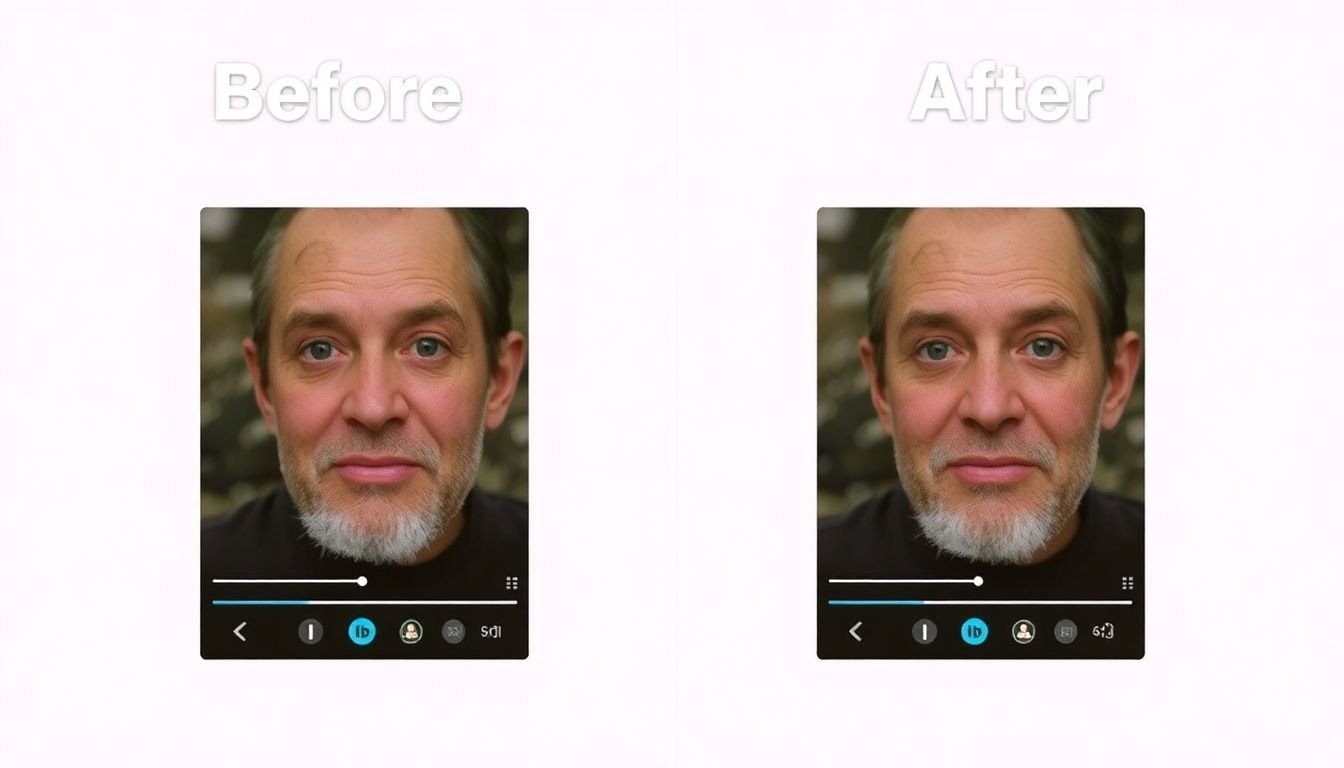
Content Adaptation Techniques
In the dynamic digital landscape, content adaptation is not just a suggestion, but a necessity. It’s about ensuring that your message reaches your audience, regardless of the platform they’re using. Let’s explore some strategies to achieve this.
The first step is understanding your platforms. Each one has its own language, culture, and limitations. For instance, Twitter’s 280 characters demand brevity, while Instagram’s visual focus requires compelling images. Repurposing long-form content into shorter snippets is a common technique. A detailed blog post can be condensed into a series of tweets, or a long video can be edited into an engaging Instagram reel.
Platform-specific features are another powerful tool. LinkedIn’s articles allow for in-depth analysis, perfect for thought leadership pieces. Meanwhile, Instagram Stories’ ‘Swipe Up’ feature can drive traffic to your website. Using these features can enhance user experience and engagement.
Maintaining brand consistency is the third pillar of content adaptation. Your brand voice, values, and aesthetics should be recognizable across all platforms. This doesn’t mean replicating content verbatim, but rather ensuring that the spirit of your brand is consistent. A playful, humorous tone on Instagram should translate to witty captions on Twitter, even if the content itself is different.
In conclusion, content adaptation is about flexibility, understanding, and consistency. It’s about speaking your audience’s language, using the tools at your disposal, and staying true to your brand. It’s a challenge, but with the right strategies, it’s a challenge that can be mastered.
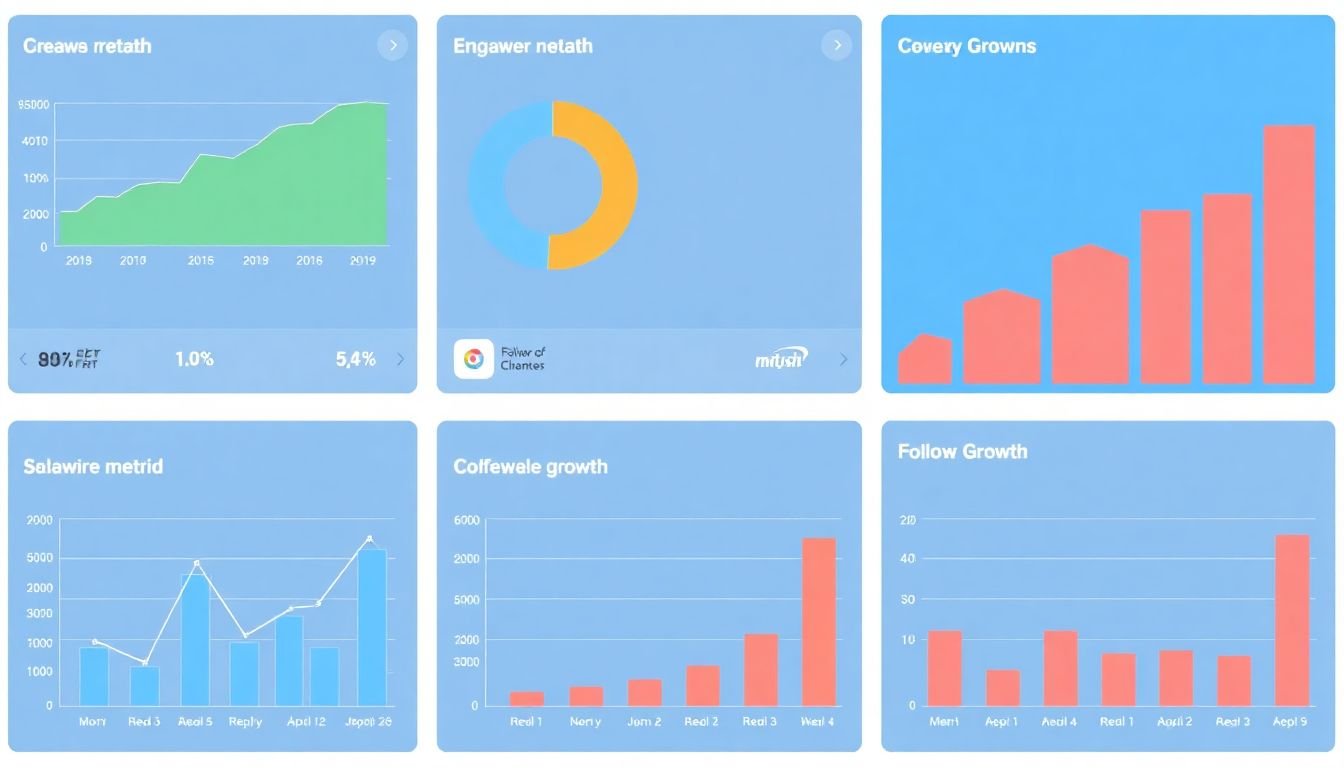
Measuring Success: Platform-Specific Metrics
In the digital landscape, success is not a one-size-fits-all concept. Each platform, be it social media, email, or a website, has its unique user behavior and engagement patterns. Therefore, tracking platform-specific metrics is not just important, but crucial for refining your content strategy. Let’s dive into the key performance indicators (KPIs) for each platform and understand how to use them.
For social media platforms, engagement is king. Likes, shares, comments, and clicks are the primary KPIs. They indicate how well your content resonates with your audience. For instance, a high number of shares on a post might suggest that your audience finds your content valuable and is willing to spread the word. However, it’s not just about the quantity, but also the quality. A single insightful comment can sometimes be more valuable than a hundred likes. Therefore, it’s essential to track these metrics not just in isolation, but in relation to each other and to your overall goals.
Email marketing, on the other hand, is all about conversions. Open rates and click-through rates (CTR) are the primary KPIs here. A high open rate indicates that your subject lines are compelling and your audience is interested in your content. A high CTR, meanwhile, suggests that your content is driving action. However, it’s important to note that these metrics can vary greatly depending on the industry and the audience. Therefore, it’s crucial to set benchmarks based on your specific niche and audience.
For websites, the focus shifts to user behavior. Bounce rate, time on page, and pages per session are the key KPIs. A low bounce rate indicates that your content is engaging and relevant to your audience. A high time on page suggests that your content is valuable and informative. Pages per session, meanwhile, indicates how well your content is guiding users through your website. However, it’s important to remember that these metrics are not standalone. They should be used in conjunction with other metrics, such as traffic sources and user demographics, to get a holistic view of your website’s performance.
In conclusion, tracking platform-specific metrics is not just about numbers. It’s about understanding your audience better, refining your content strategy, and ultimately, driving success. So, go ahead, dive into your analytics, and let the numbers tell their story. After all, as the saying goes, ‘What gets measured, gets managed.’
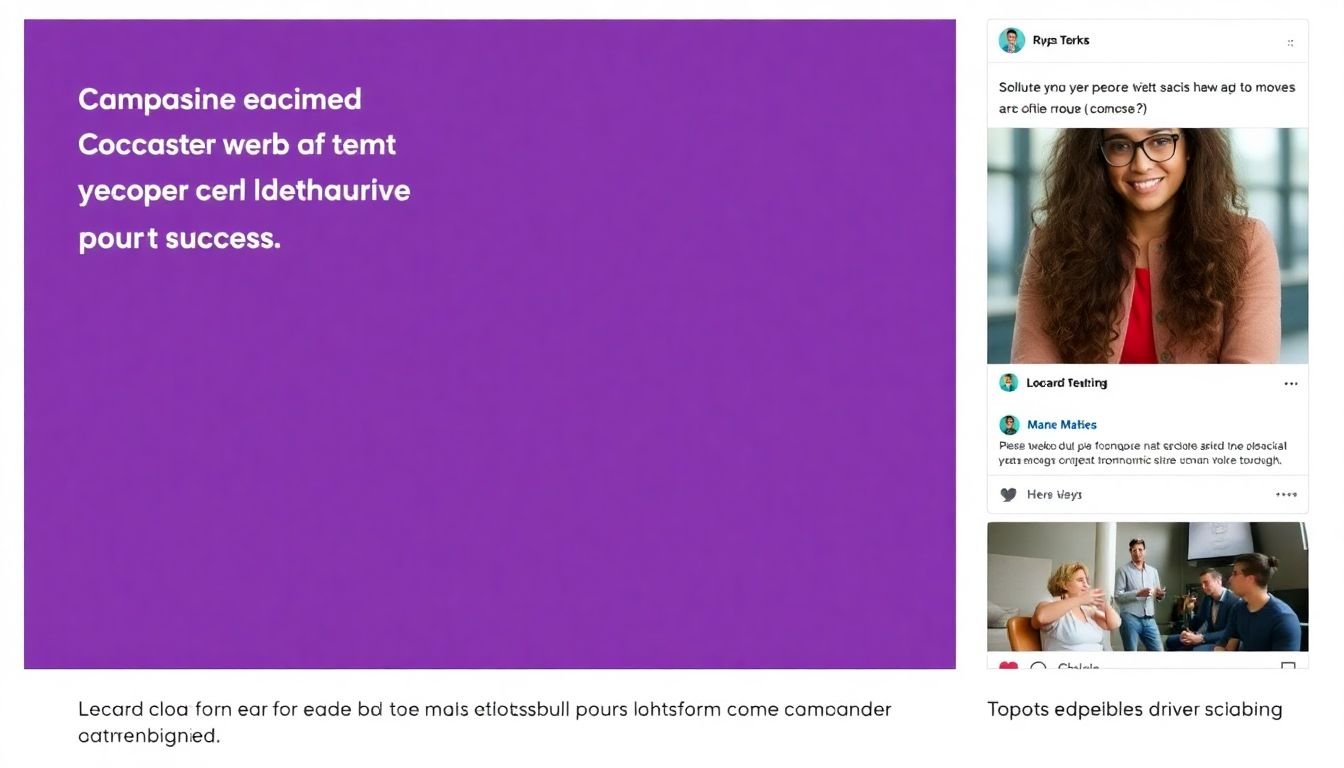
Case Studies: Brands Killing It on Social Media
In the dynamic world of social media, some brands have truly mastered the art of engagement, creativity, and authenticity. Let’s delve into a couple of case studies that illustrate how these brands are killing it on social media.
The first brand that stands out is Wendy’s, known for its sassy and witty tone. Wendy’s social media strategy is a masterclass in brand personality. They’ve created a consistent, humorous, and relatable voice that resonates with their audience. Their content is not just about promoting their products but also about engaging in conversations, often through clever comebacks and memes. Wendy’s success lies in understanding their audience and speaking their language. Here are some steps to learn from Wendy’s strategy:
- Define your brand’s personality and stick to it.
- Engage with your audience in a conversational and authentic manner.
- Use humor and pop culture references to make your content relatable.
- Consistency is key
- maintain your brand voice across all platforms.
Another brand that’s acing social media is Always, the feminine hygiene brand. They’ve broken stereotypes and started conversations around periods with their #LikeAGirl campaign. The campaign was powerful, emotive, and empowering, challenging societal norms and encouraging girls to embrace their strength. Always’ success can be attributed to their focus on purpose-driven marketing. Here’s how you can learn from their strategy:
- Understand your brand’s purpose and align your marketing efforts with it.
- Create content that evokes emotions and resonates with your audience on a deeper level.
- Be brave and challenge societal norms if it aligns with your brand’s values.
- Measure the impact of your campaign beyond just likes and shares
- consider its cultural impact as well.

The Future of Platform-Specific Marketing
In the ever-evolving digital landscape, the future of platform-specific marketing is as dynamic as it is promising. As we bid farewell to the old normal, we welcome a plethora of emerging trends and new platforms that are redefining the way we connect with audiences. From the rise of short-form video content on TikTok and Instagram Reels to the growing popularity of augmented reality (AR) and virtual reality (VR) experiences, the marketing terrain is shifting under our feet.
The key to staying ahead of the curve lies in adaptability and a forward-thinking content strategy. First and foremost, it’s crucial to keep your finger on the pulse of these emerging trends. This involves regular market research, following industry leaders, and engaging with your audience to understand their evolving preferences.
Next, consider the unique strengths of each new platform. TikTok, for instance, thrives on authenticity and creativity, making it an ideal space for storytelling and user-generated content. Meanwhile, AR and VR offer immersive experiences that can revolutionize product demonstrations and virtual tours. By understanding these nuances, you can tailor your content to resonate with users on each platform.
Moreover, the future of marketing is increasingly personal. Artificial Intelligence (AI) and machine learning are enabling us to deliver hyper-personalized content to individual users. This could range from personalized product recommendations to tailored messaging based on user behavior. To capitalize on this, invest in data analytics and AI tools that can help you understand your audience on a deeper level.
Lastly, remember that the future is unpredictable. While it’s important to plan and strategize, it’s equally crucial to remain flexible and ready to pivot. Embrace a test-and-learn approach, experiment with new formats and platforms, and be prepared to adapt your strategy based on performance data.
In conclusion, the future of platform-specific marketing is exciting, filled with opportunities for innovation and growth. By staying informed, understanding the unique strengths of new platforms, leveraging AI for personalization, and maintaining flexibility, you can adapt your content strategy to capitalize on these changes and stay ahead of the curve.
FAQ
Why is it crucial to adapt content for different social media platforms?
What are the key differences between Facebook and Instagram content?
How should I adapt my content for TikTok?
What is the ideal length and format for content on each platform?
- Facebook: Posts (40-80 characters), Links (less than 125 characters), Images (1200×630 pixels), Videos (21-120 seconds)
- Instagram: Captions (130-150 characters), Images (1080×1080 pixels), Videos (15-60 seconds), Stories (15-60 seconds)
- TikTok: Videos (15-60 seconds), Hashtags (3-5 relevant ones)
- Twitter: Tweets (71-100 characters), Images (300×157 pixels), Videos (140 seconds max)
How can I repurpose long-form content for social media?
What role do hashtags play in platform-specific marketing?
How can I create a consistent brand voice across different platforms?
What metrics should I track to measure the success of my platform-specific content?
- Facebook: Page likes, post engagement, video views, and group growth
- Instagram: Followers, post engagement, Story views, and Reel likes
- TikTok: Followers, video views, likes, shares, and duets
- Twitter: Followers, tweet engagement, profile visits, and hashtag performance